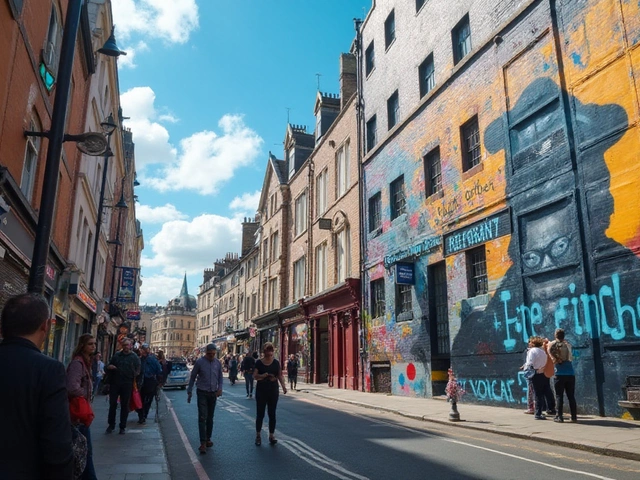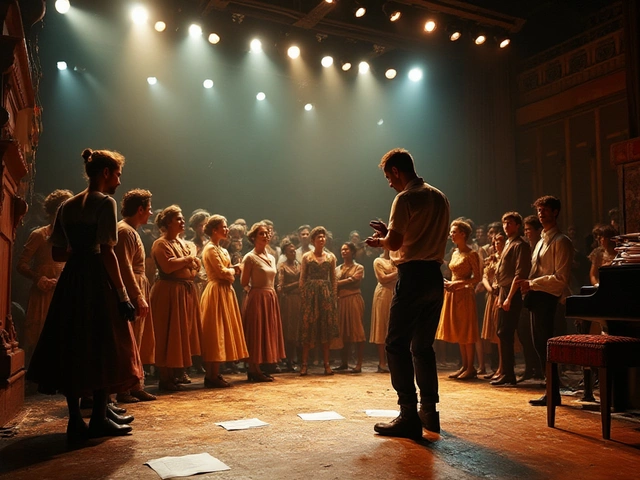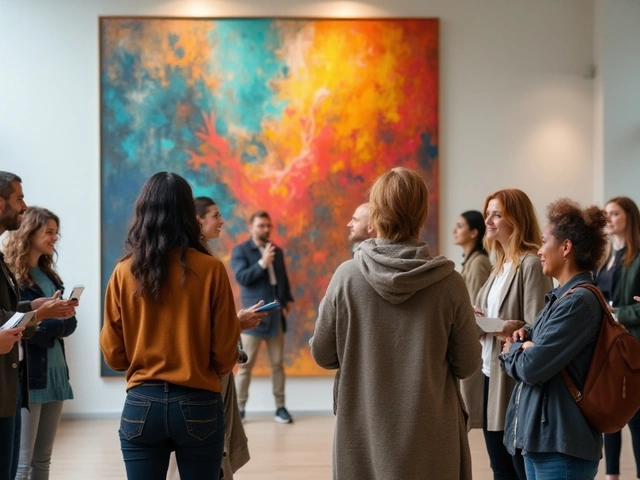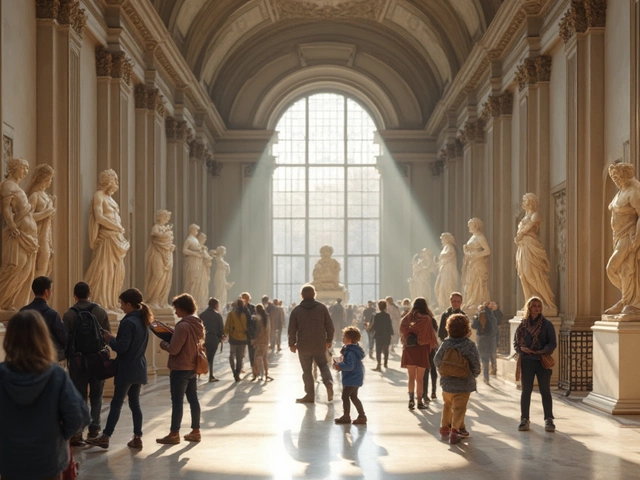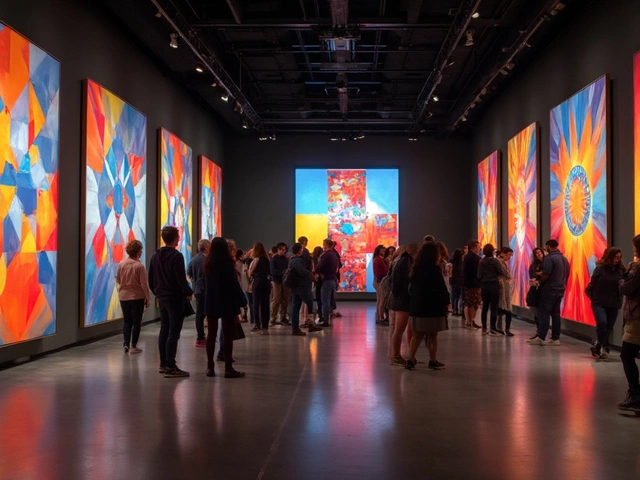Art Fair Definition: Understanding What an Art Fair Really Is
When talking about art fair, a short‑term public event where galleries, artists and collectors gather to show, sell and discuss visual art. Also known as art market event, it provides a concentrated platform for creative exchange.
One of the core parts of any art fair is the exhibition, the organized display of artworks within a shared venue. Unlike a permanent museum display, an exhibition at an art fair is temporary, high‑energy, and designed to attract buyers quickly. The exhibition encompasses multiple booths, each representing a different gallery or independent artist, creating a dense visual marketplace.
Artists are the lifeblood of the event. The artist, the creator who brings the work to the fair, uses the space to showcase new pieces, test market reactions, and network with collectors. An artist’s presence requires preparation of inventory, pricing strategy, and often a brief artist statement to help buyers understand the work.
Galleries act as the bridge between artists and buyers. A gallery, a commercial space that represents artists and manages sales, rents a booth, curates the selection, and handles transactions. The relationship connects the artist with the marketplace, extending the reach of both emerging and established creators.
Key Players and Their Roles
Behind the scenes, a curator, the professional who selects works and shapes the fair’s theme, influences the overall narrative. Curators decide which galleries fit the concept, how booths are arranged, and which special events (talks, performances) enhance visitor experience. Their decisions influence the market dynamics of the fair.
The fair’s success also hinges on the collector, the individual or institution buying artwork. Collectors come for discovery, networking, and investment. Their buying power drives the economic engine of the fair, turning the temporary exhibition into real sales.
Because an art fair is a focused event, it usually lasts from a few days to a week, creating urgency. This limited timeframe requires efficient marketing, clear signage, and rapid logistics. Organizers coordinate shipping, insurance, and on‑site services to ensure that every artwork arrives safely and is displayed properly.
In practice, an art fair is more than a market; it’s a social hub. Workshops, panel discussions, and live demonstrations add educational value, while after‑hours parties foster informal connections. The blend of commerce and culture makes the art fair a unique micro‑economy within the broader art world.
Understanding these elements helps you see why an art fair differs from a standard gallery opening or museum show. The combination of a temporary exhibition, multiple artists, participating galleries, curatorial direction, and an active collector base creates a dynamic environment where art is both seen and sold.
Below you’ll find a curated list of articles that explore each of these pieces in more detail, from how to prepare professional prints for a fair to the challenges of modern art styles that often appear at these events. Dive in to discover practical tips, real‑world examples, and the latest trends shaping art fairs today.
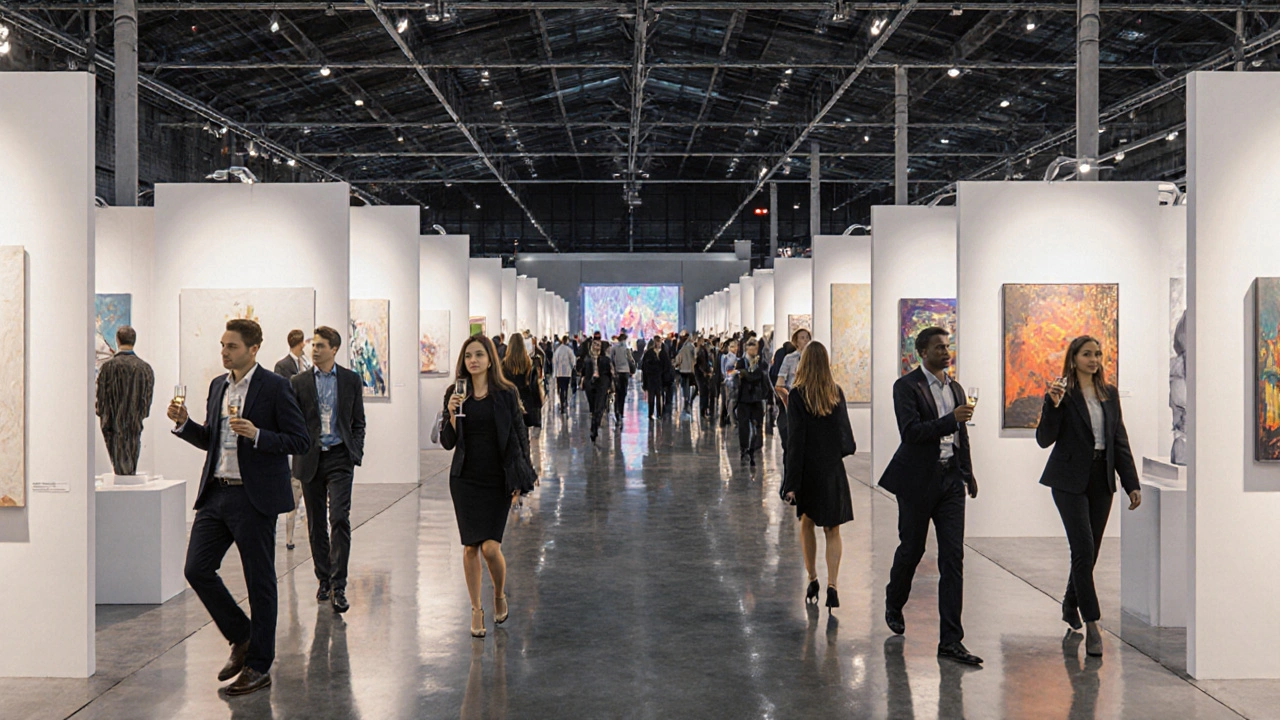
Explore the core differences between art fairs and art exhibitions, covering purpose, layout, audience, funding, and how artists can choose the right format.
